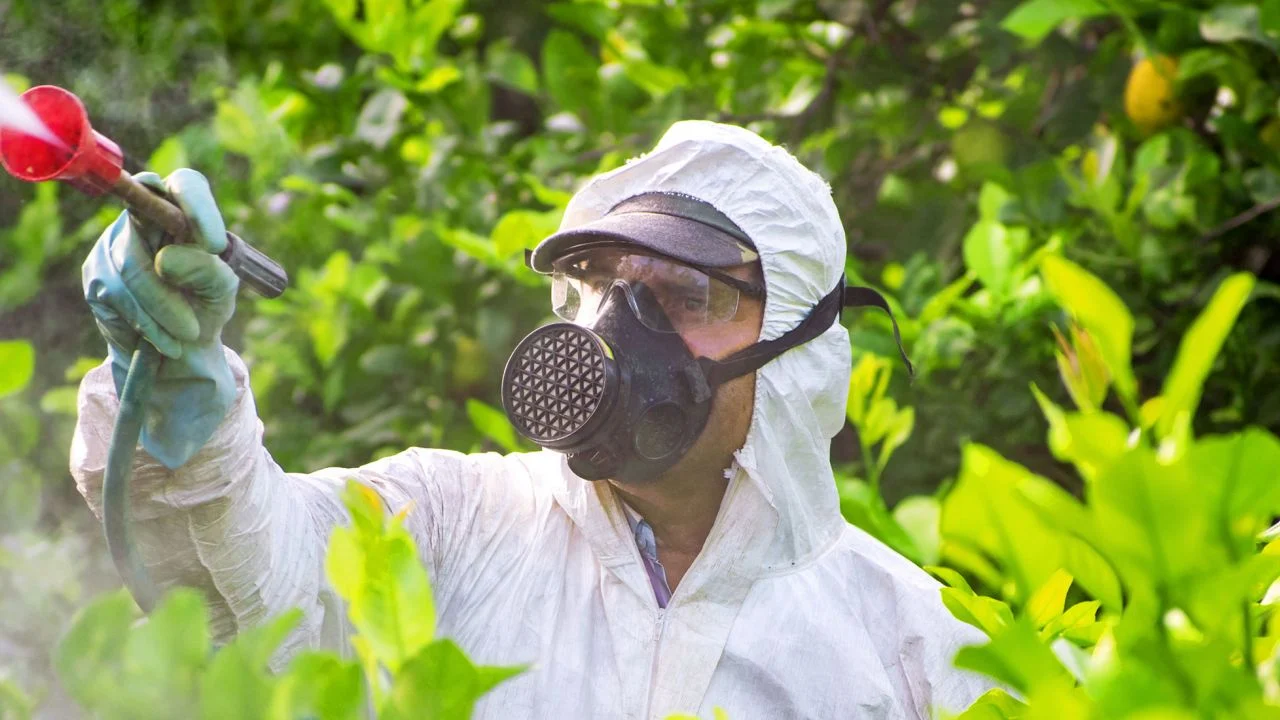Pesticides are widely used in agriculture to protect crops from pests and increase yields. However, their application can leave chemical residues on food products, raising concerns about potential health impacts. Regulatory frameworks and consumer practices play a significant role in addressing these issues.
Health Implications of Pesticide Residues
Pesticide residues may pose health risks, especially with long-term exposure. Acute effects can include nausea, headaches, and skin irritation, while chronic exposure has been linked to more severe conditions such as endocrine disruption and certain cancers. Vulnerable populations, including children and pregnant individuals, are particularly susceptible due to their developing systems and higher relative intake of food per body weight.
Regulatory Standards and Monitoring
To ensure food safety, regulatory bodies establish Maximum Residue Limits (MRLs), which define the highest level of pesticide residue legally allowed in food. For example:
- United States: The Environmental Protection Agency (EPA) determines tolerances for pesticide residues in food crops. These tolerances consider both dietary exposure and environmental factors.
- Global Standards: The Codex Alimentarius Commission provides international MRLs to facilitate trade and promote public health.
Monitoring programs, such as the FDA’s Pesticide Residue Monitoring Program, test food samples to confirm compliance with established MRLs. Despite these measures, inconsistencies in global regulations and challenges in monitoring imported food remain significant obstacles.
Organic Farming and Residue Reduction
Organic farming minimizes the use of synthetic pesticides, relying instead on practices like crop rotation, natural pest predators, and biological pest control. While organic produce typically contains lower pesticide residues, it is not entirely residue-free. Contamination can occur through natural pesticides or drift from conventional farms.
Consumer Practices to Minimize Exposure
Consumers can adopt practical steps to reduce pesticide residues:
- Washing Produce: Rinsing fruits and vegetables under running water removes surface residues. Using a brush for firmer produce can enhance this effect.
- Peeling: Removing outer layers can reduce residues, though it may also remove some nutrients.
- Diversifying Diets: Consuming a variety of foods helps limit exposure to residues from a single source.
- Choosing Organic: Opting for organic options, particularly for high-risk items, can lower overall exposure.
Integrated Pest Management (IPM)
Integrated Pest Management combines traditional farming with sustainable pest control techniques to reduce reliance on synthetic pesticides. Key components include:
- Monitoring pest populations and applying targeted interventions only when necessary.
- Using biological controls, such as introducing beneficial insects.
- Employing precision application methods to minimize environmental impact.
These strategies promote both food safety and environmental sustainability.
Collaborative Efforts for Safer Food
Addressing pesticide residues requires cooperation among regulatory authorities, farmers, and consumers. Stricter regulations, the adoption of sustainable farming practices, and public education are essential to mitigate risks and ensure the availability of safe, nutritious food.





